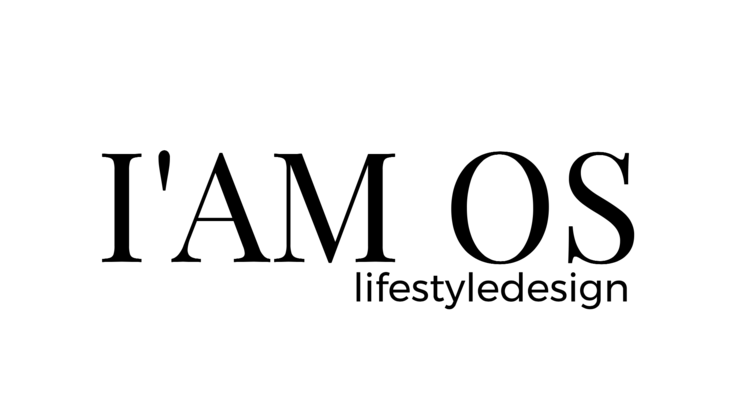Christian Dior and his team during a fitting.l
I’d like to propose a comparison. A comparison between the art of haute couture and scientific evidence. There are more similarities between couture and evidence than there are differences between them.
Just as making haute couture requires skilled artists, time and effort and taking distance, it is the same with reading, analysing and interpreting scientific evidence.
Health workers
I think it’s very important to make this statement. Increasingly I see, hear and read health workers making incorrect statements about health. Health workers, whether they’re doctors, nutritionists or personal trainers, they all work with evidence. Evidence is the science or the scientific results that are the foundation of protocols and guidelines with which all health workers work.
As a nutritionist I have several protocols and guidelines for different kinds of diseases and or nutrition related problems for clients. These protocols and guidelines are necessary in order to work in a unified way as professionals.
Evidence
The problem I’m referring to is the daunting task of asking yourself whether the evidence supporting your treatments is still accurate and even more, is it true?
Science has the particular problem of constant new insights, that’s what research is all about. Taking the effort of keeping up with new evidence requires constant reading and following colleagues who do the same. It takes practice and lots of time.
Couture
A couture or made-to-measure outfit starts with creating a toile, or mockup. This toile is created in a simple muslin, just to see how the silhouet will be and whether the design works. In most cases designers start with sketches and than they get into trouble once they try to visualize it. Therefore the skills of a patternmaker is required. They tend to work well between twodimensional (flat pattern) en threedimensional thinking (garment).
Apart from construction matters, there is also the matter of fabric. What fabric will create the best silhouet? How will the fabric work and how to manipulate it? You can work with interlinings and doubling the fabric with other fabrics for support. It’s all about listening to the fabric and knowing how to stretch its boundaries. That’s where other skilled workers come in. The so called petit mains know how to work with different fabrics, techniques and shapes. They create magic just as the patternmaker and designer do. What they all have in common is not so much passion for what they do, but more the ability to know when to take distance from their work. During the proces of designing and creating a couture or made-to-measure outfit it is vital to take distance. The team can than take a look, contemplate and take action. This is vital, because otherwise they get lost in the details. And in the end it’s all about the results.
Reading, analysing and interpreting
As described above, the proces of reading, analysing and interpreting scientific evidence is mostly the same.
It requires skilled people, who have experience in the different fields of science, who know when and how to take distance from the subject in order not to get lost in details.
These skilled people can be followed on Twitter for example. They present their knowledge on several scientific topics and most importantly the sources.
Recent scientific articles can be locked away behind paywalls from international scientific publishers such as Elsevier and others. Luckily there is a Russian lady who has made a hack into the perverse system of paid-to-read scientific articles (sci-hub.tw).
Passion for science
But in the end, it all starts with a good designer or health professional, who is willing to invest time and effort into their business.
Are you that passionate?






